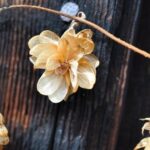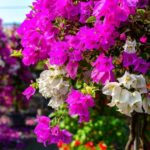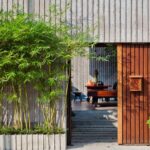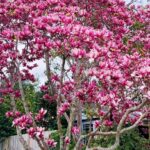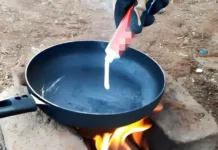Ginseng-like Herbs: Unlocking the Power of Vietnamese Ginseng and Its Medicinal Properties
Vietnamese have a long-standing tradition of cultivating Dinh Lang, a versatile plant with both ornamental and medicinal values. Dinh Lang, also known as Vietnamese ginseng, is prized for its leaves that serve as a daily culinary ingredient and a potent herbal remedy.
The leaves of Dinh Lang are commonly used fresh in various dishes, while its roots are transformed into a tonic to nourish the five vital organs, detoxify the body, enhance blood circulation, increase lactation, and aid digestion. Additionally, Dinh Lang is revered as a powerful energizer, combating physical weakness and improving overall health.
Unlike other plants, Dinh Lang’s medicinal properties develop with age. It is believed that the older the plant, the more its roots intensify in therapeutic value, akin to a fine wine maturing over time. This attribute has led many to associate the longevity of Dinh Lang with enhanced Feng Shui benefits.
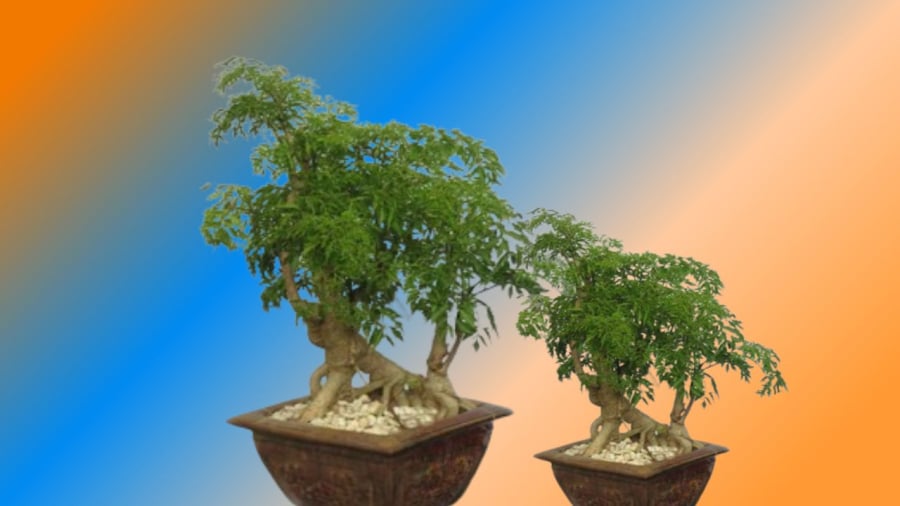
Unlocking Dinh Lang’s Therapeutic Potential with Age
How Old Should Dinh Lang Be for Optimal Benefits?
Similar to the prized ginseng, Dinh Lang’s harvest is timed based on its age. When grown as an ornamental plant, older specimens are favored, but excessive aging may result in an unfavorable Feng Shui impact.
However, when cultivated for its medicinal roots, age becomes a critical factor. Younger Dinh Lang plants with smaller roots may not offer the full spectrum of benefits. The plant grows slowly, and it is only after a certain age that it begins to thrive. It takes at least three years for Dinh Lang to develop its medicinal properties, making it ready for harvest and harnessing its full potential.
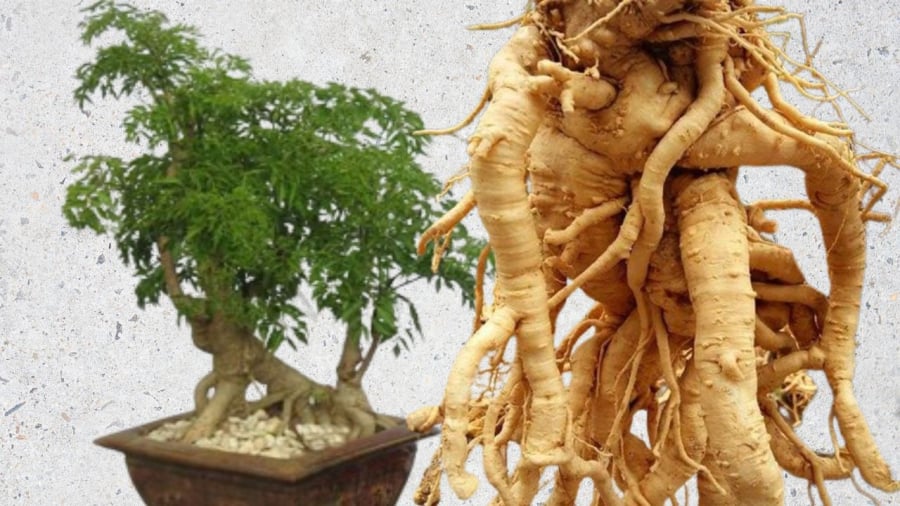
Older Dinh Lang Roots—A Sign of Potency and Uniqueness
The optimal age for Dinh Lang roots is between five and ten years from planting. Within this timeframe, the roots are at their nutritional peak, packed with essential compounds. The roots also attain a sufficient size, making them ideal for display after soaking. Beyond this age, the therapeutic benefits plateau and may even diminish as the roots age and lose their vitality. Extremely old roots develop a gnarled and peculiar appearance.
While older roots may command a higher price due to their rarity and unique aesthetics, their medicinal value remains consistent within the specified age range.
Selecting the Finest Dinh Lang Roots
When choosing Dinh Lang roots, it is advisable to opt for those derived from the Dinh Lang Nep variety, characterized by smaller leaves. Dinh Lang Nep possesses higher medicinal properties compared to its larger-leaved counterpart. While its yield may be lower, the quality and potency of its roots are superior.
The age of Dinh Lang roots can be discerned by their color—the older the root, the deeper its hue. Mature roots also tend to have longer and thicker primary roots. The ideal root should have a golden straw color, a pleasant aroma, and a soft, moist texture. The most valuable portion of the root lies between the root and the stem, approximately 10-15cm in length, and is often included in wine infusions.
The most prized Dinh Lang roots are those that are large, knobby, and adorned with an abundance of fine roots, typically ranging from 6 to 8 years old for soaking and up to 10 years or more for decorative purposes.
Dinh Lang has become an integral part of Vietnamese culture, with its leaves and roots widely used for their medicinal benefits. However, it is essential to exercise moderation and seek professional guidance when incorporating herbal remedies into your wellness routine.


























